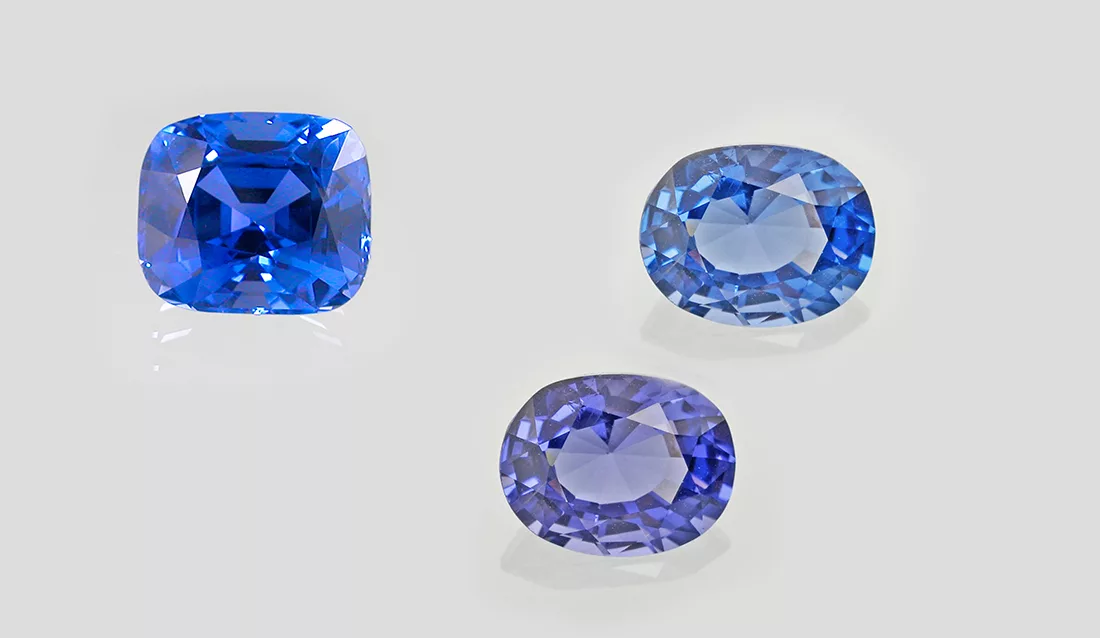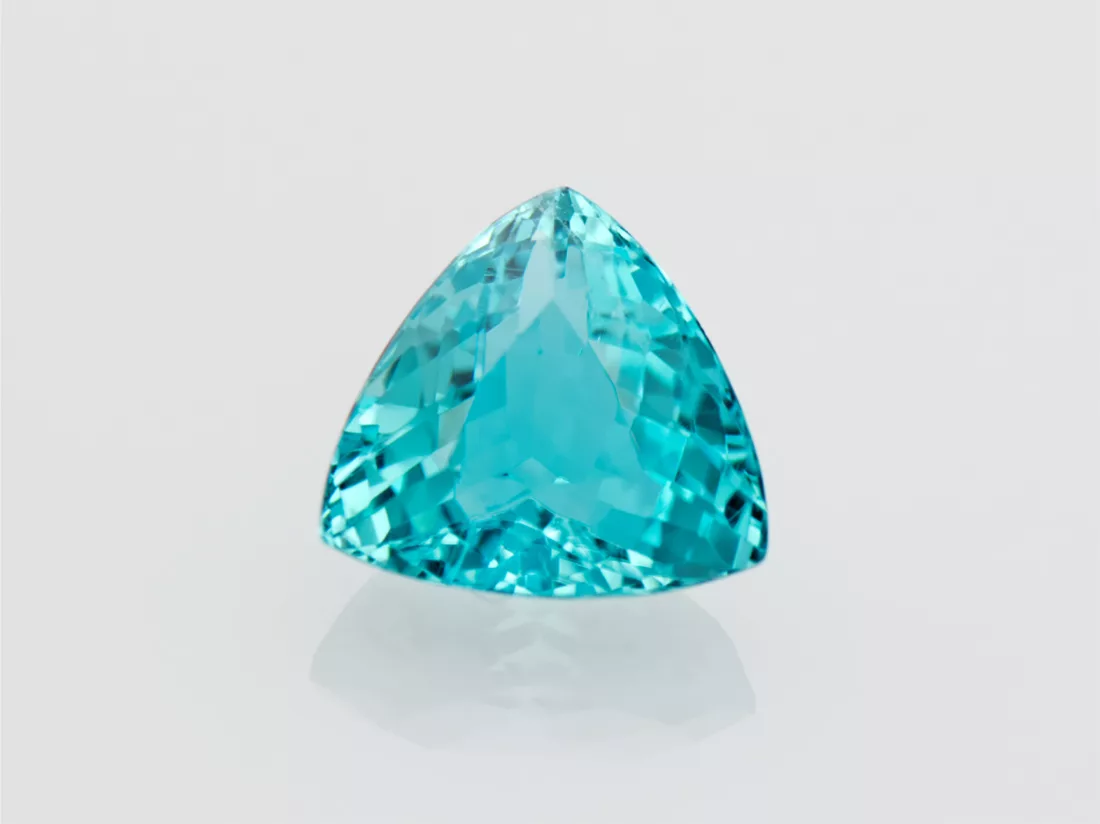
Paraiba Research Update: An elemental Analysis of Paraiba Tourmaline from Brazil
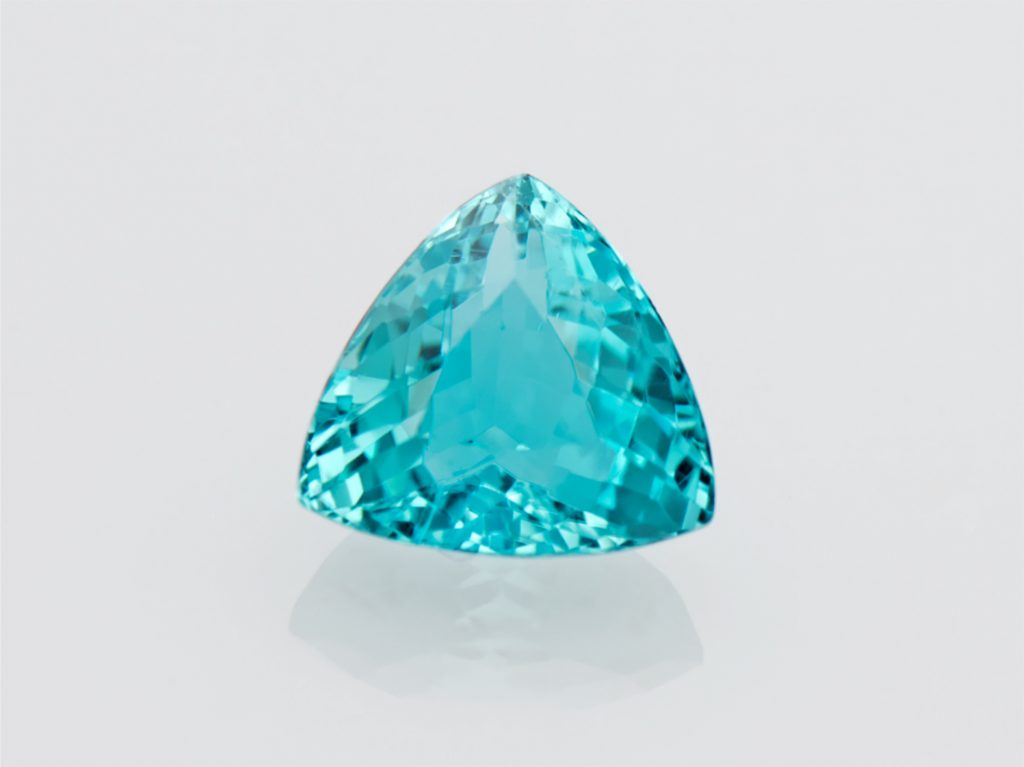
by Dr. H. A. O. Wang, first published in Facette 25 (February 2019)
In the Paraiba state of Brazil, a Cu-Mn bearing tourmaline was first discovered by Heitor Dimas Barbosa in 1980s, and named after the state as Paraiba tourmaline (Figure 1). After its first discovery, this ‘neon-blue’ colored gemstone was also found in the nearby Rio Grande do Norte state in Alto do Quintos mine and Mulungu mine (currently in operation by MTB). Besides Brazil, Cu-Mn bearing material has been found in Nigeria and Mozambique. Although not from Paraiba state, this material may also be called ‘Paraiba Tourmaline’ in the trade. In recent years, Paraiba tourmalines of various colours (such as blue, green and purple) have gained popularity in the trade and have become some of the most coveted gemstones in market. Due to the market price difference of Brazilian and African material, origin determination of the Cu-Mn bearing tourmaline is often a request to gem testing laboratories.
At the SSEF, origin determination of Paraiba tourmalines is based on years of experience researching collection samples from SSEF and Prof. Hänni collections, donated and loaned samples from clients, as well as knowledge from scientific literature. However, the mining area and depth of the material have been increasing ever since. Considering geological variation, it is probably not valid to assume that properties of material mined today shall resemble that of those mined years ago. Therefore, along mining progress throughout the period, the SSEF has tried its best to collect samples from various reliable sources to improve it collection and database. In October 2017, a team of gemmologists from SSEF conducted a field trip in the mining area of Paraiba state and Rio Grande do Norte state in Brazil, during a beautiful autumn season (Figure 2). The team had a defined goal of collecting first-hand samples and record gemmological and geochemical data back in the lab, and it turned out to be very successful. We would like to thank the generous supports from local hosts, especially Mr Carlo Somma, Mr Sebastian Ferreira and Mr Nelson Oliveira. A short report of this trip was presented in last issue of Facette (2018).
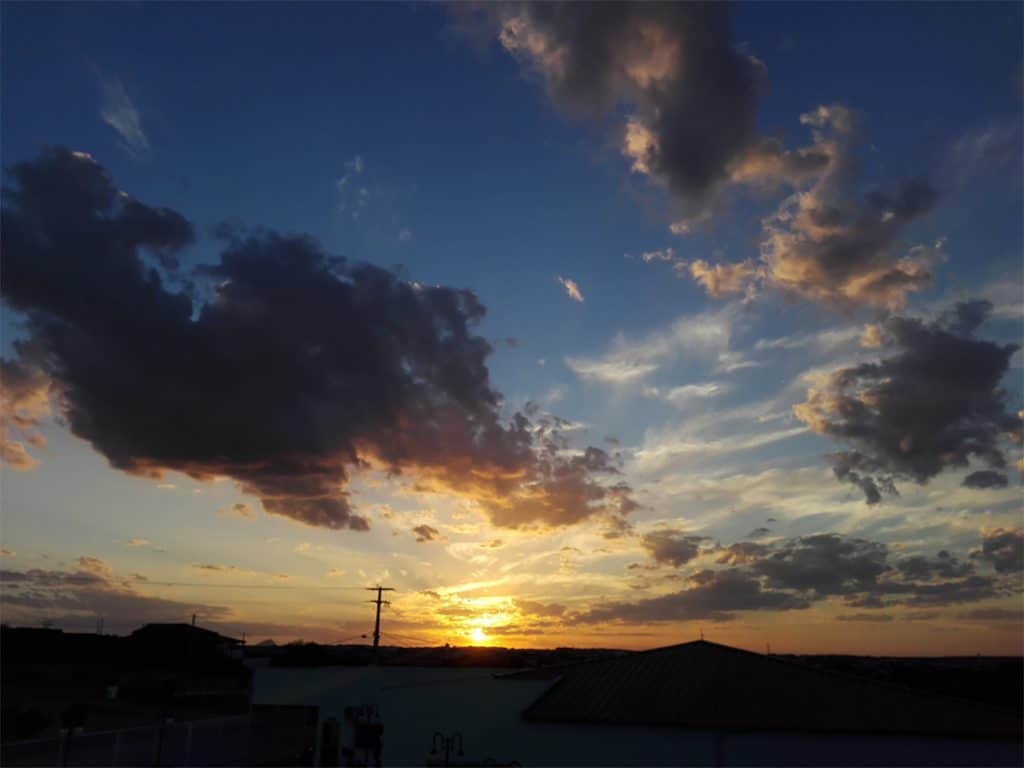
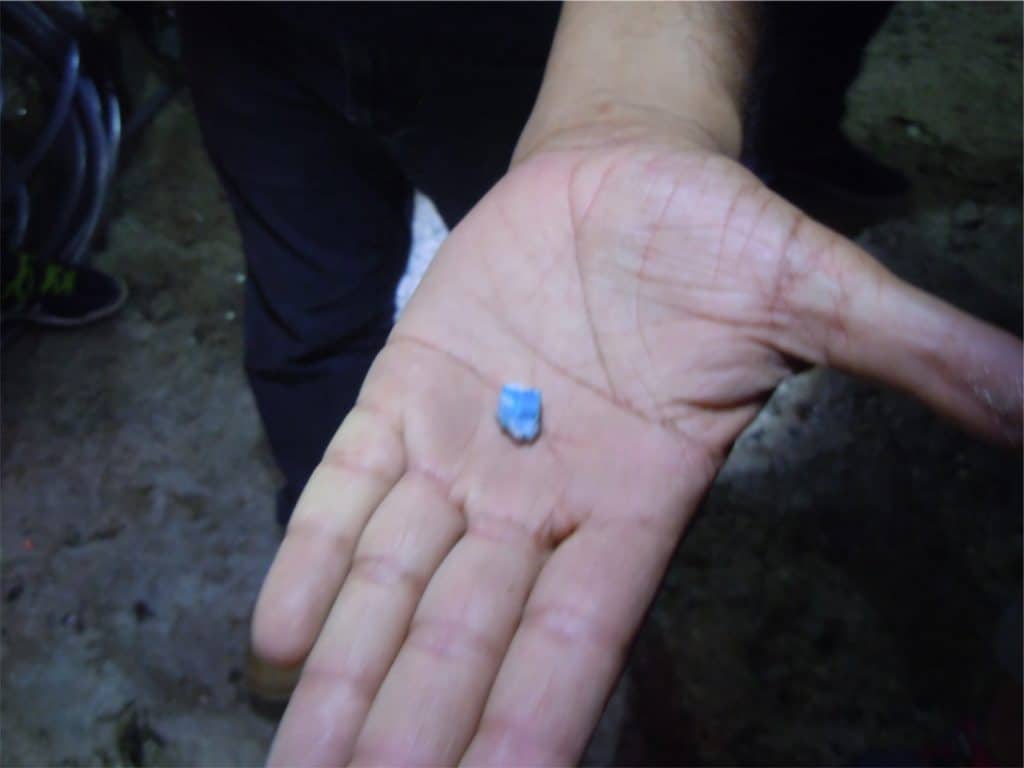
A large number of samples were collected during the field trip, including for example rough material sampled within the pegmatite host rock inside the mine (Figure 3), small pieces sampled on the sorting table (Figure 4), and pieces donated by local hosts. As partially shown in Figure 5, dozens of Paraiba tourmalines were picked out and prepared. Major, minor and trace elements were quantified by our in-house GemTOF instrument (a LA-ICP-Time-Of-Flight-MS system, www.gemtof.ch). As routine analysis, a tiny laser spot was used to extract the material from the sample. Three positions were shot on each one to reproduce sample heterogeneities. Additionally, from SSEF’s chemical database, we extracted highly confident data of 56 Paraiba tourmalines from Brazil and 43 samples from Mozambique of various colours, all of which were previous analyzed by GemTOF. The instrument was tuned to deliver consistent performance, which is critical for fusing long-term data into comparisons. Although traces of geochemical differences can be observed among different mines within Brazil, it is not SSEF’s policy to distinguish materials from different regions of Brazil for client reports.
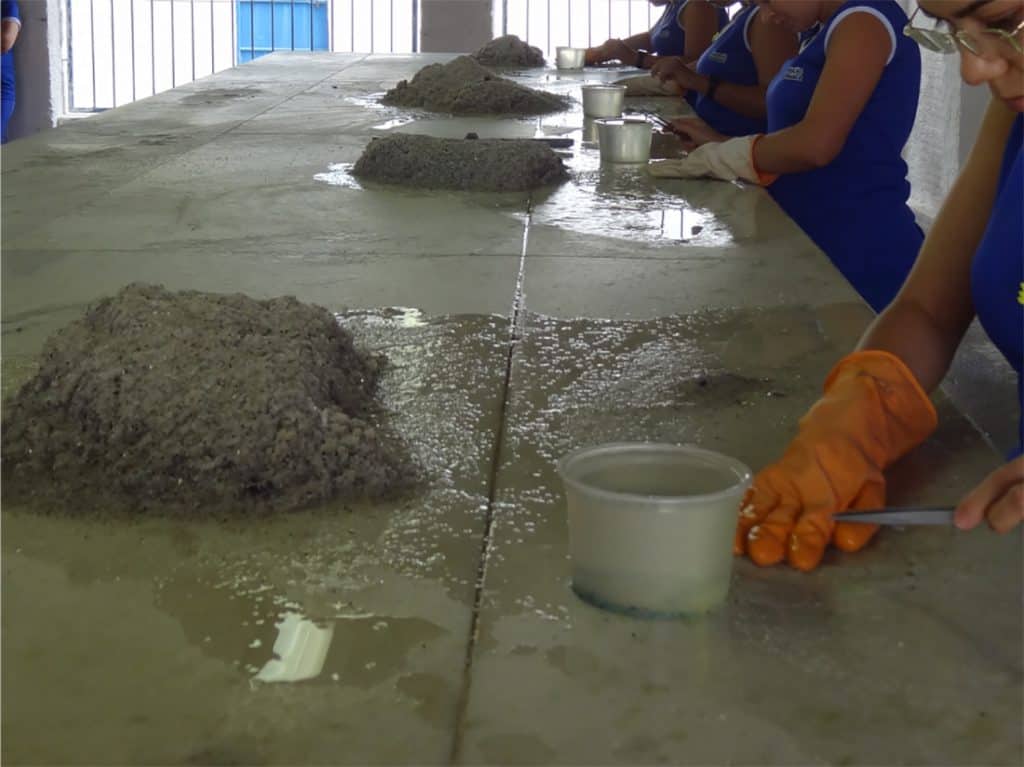
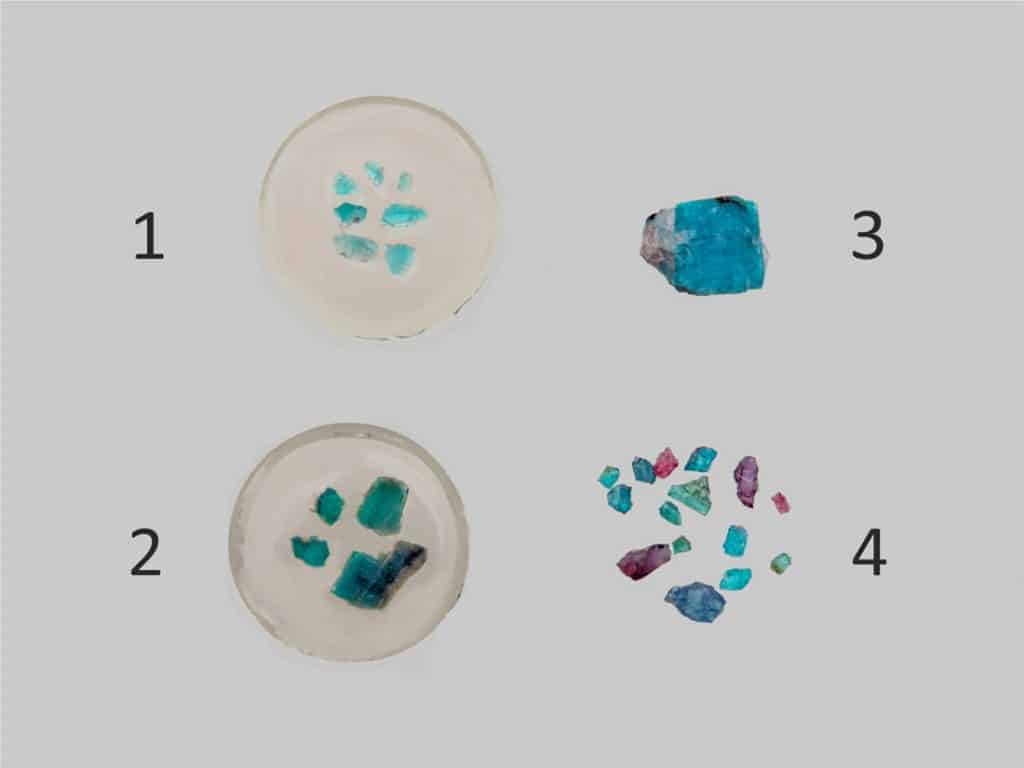
Using the benefit of full mass spectrum acquisition and low limits of detection, the GemTOF simultaneously detects almost all elements in the periodic table with superior detection limits. Such a figure of merit is required for a comprehensive quantification of the almost entire elemental composition in Paraiba tourmalines. Given its reputation of forming in the last ‘drop’ of melt (Pezzotta 2018), tourmaline contains multi-elements ranging from major to ultra-trace concentration. In our study, more than 35 elements were found in more than 50% of the analyses (total number of analyses/spots >600). Most of these frequently occurring elements show medium to strong overlapping patterns between Brazil and Mozambique samples. However, current data suggests that three elements indicate the most variation among samples of the two origins: copper (Cu), gallium (Ga) and tin (Sn). Higher concentration of Cu is frequently observed in Brazilian Paraiba tourmalines than the Mozambique ones. On the other hand, Mozambique samples normally contain higher concentrations of Ga and Sn than Brazilian counterparts.
Additionally, three dimensional scatter plots (Figure 6) using concentrations of Cu-Ga-Sn are useful to display these variations. It is apparent that Brazil and Mozambique samples are distinguished in general. The separation provides gemmologists complementary evidence to assist them in the origin determination of Paraiba tourmalines. Furthermore, elemental concentrations of Brazilian Paraiba tourmalines sampled from the current field trip have been found to overlap with those of previously tested Brazilian samples at SSEF.
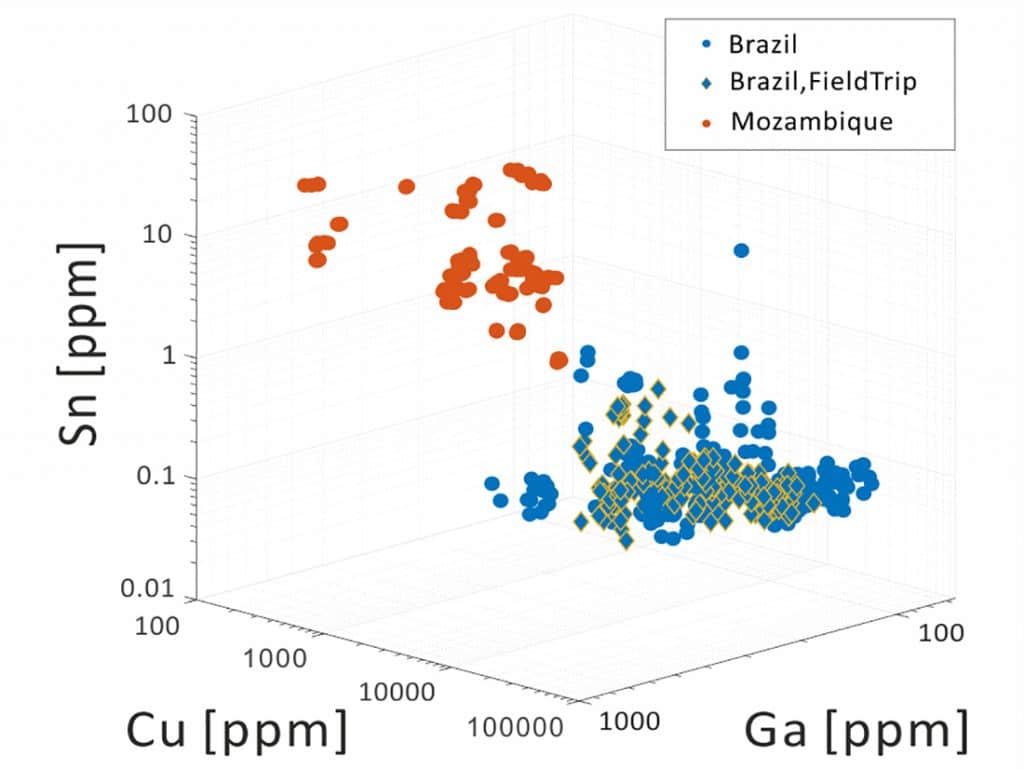
As a conclusion, analyses of samples from this field trip have added confidence to the validity of SSEF’s current database used for the origin determination of Paraiba tourmalines. Although 3D element plot is one of the most straightforward ways for visualization, overlap may happen and outliers are occasionally present, probably due to the small number of elements plotted used to represent the multi-element complexity of tourmalines. In order to better visualize between-group sample variation and within-group sample similarity, advanced data analysis is becoming more and more inevitable. Current research is focusing on a deeper look into the same dataset using principle component analysis, or even deeper investigation applying machine learning algorithms. As SSEF recently received generous support through submission of high confidence Cu-Mn bearing tourmalines from Mozambique and Nigeria, a comprehensive study is in the pipeline.


